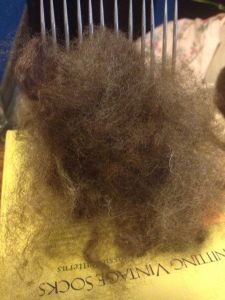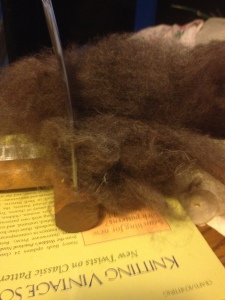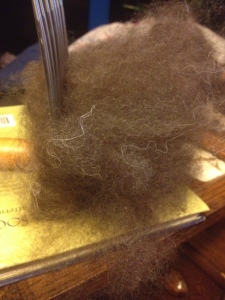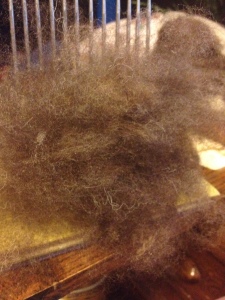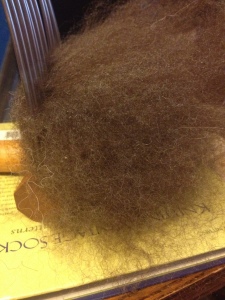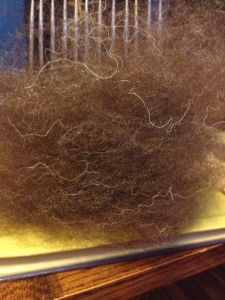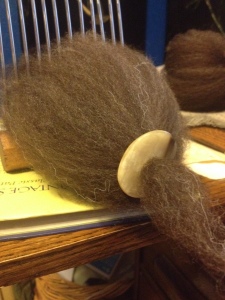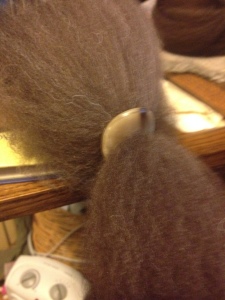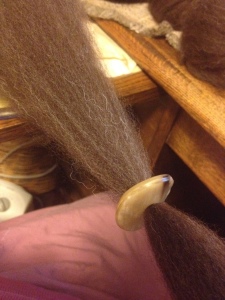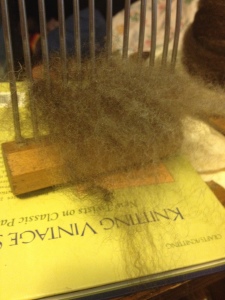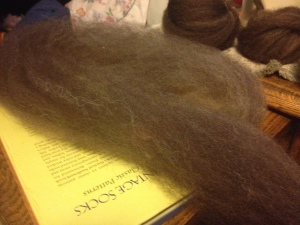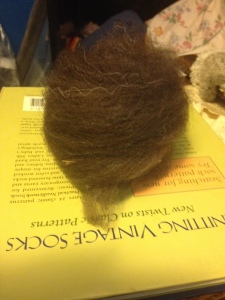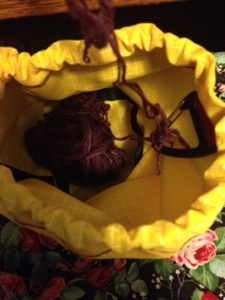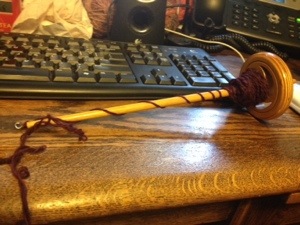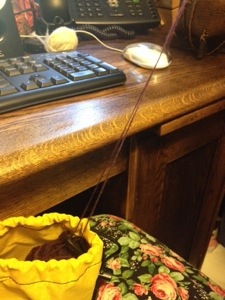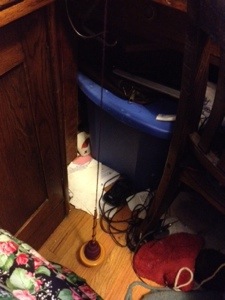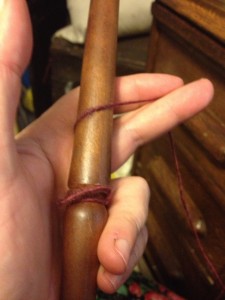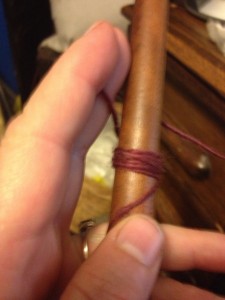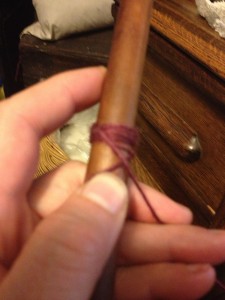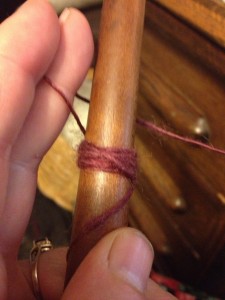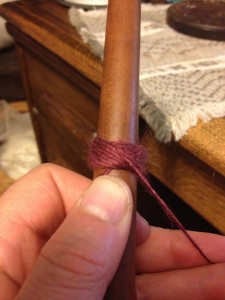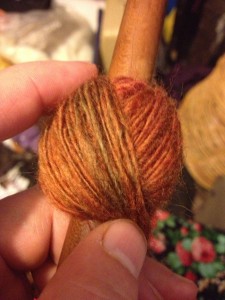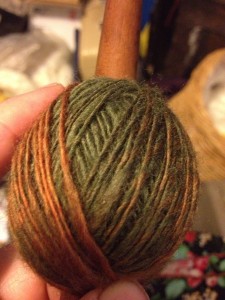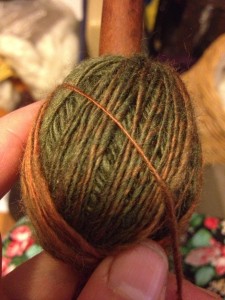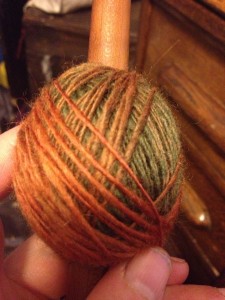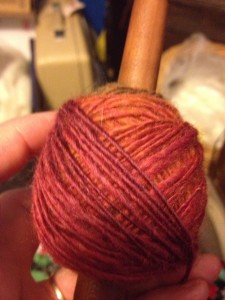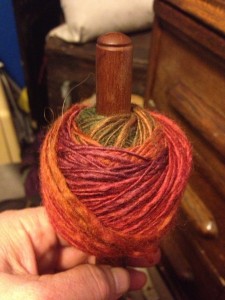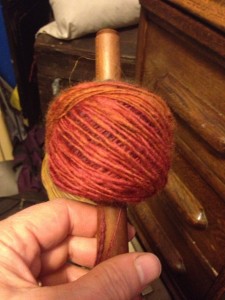Back in the old days, there was a revolutionary knitting book. It was called Knitting Without Tears by Elizabeth Zimmerman. She gave you a percentage system, that you could use to design your own sweater, without needing a pattern. EZ’s work led to a lot of knitting innovation. We seem to have fallen back into buying patterns, letting someone else do the design work. I am putting together a tutorial on knitting an Icelandic Sweater, using the percentage system. I will be using Knitting in the Old Way by Priscilla Gibson-Robert for my work. She uses EZ’s percentage system, but also focuses on how to use that system for classic sweater design.
Also, I am linking to this set of tutorials online, from Knitting for Everyone:
She does use commercial patterns, but it is a good overview on how this sweater goes together. Also, she uses a really nice method of starting a 1×1 rib. There’s an additional video on her channel, if you need a clearer view of it.
The drawback to making your own patterns is that you have to figure out how much yarn you’ll need and a few sizing details along the way. I’m making mine bottom up, as she shows in the tutorials, so you can try the sleeves on as you go. You’ll have a good idea of gauge after making two sleeves! I love Icelandic yarns, so I just bought a bunch of it, online from Little Knits. I have enough for two sweaters, possibly three. If you need to get a better idea before you start, there is some reference material in PGR’s book on yardage and you can always check a pattern online to see what they used. There are graphs for a couple of yoke designs in the book, or you could graph a pattern that you’ve seen online. Trust me, you’ll get braver about modifying things as you go, once you’ve started working this way.
I’ve finished both sleeves, so will try to put the first part of the tutorial up soon. I would love to see more folks making their own designs and learning how easy it is to have a sweater that fits you well.


